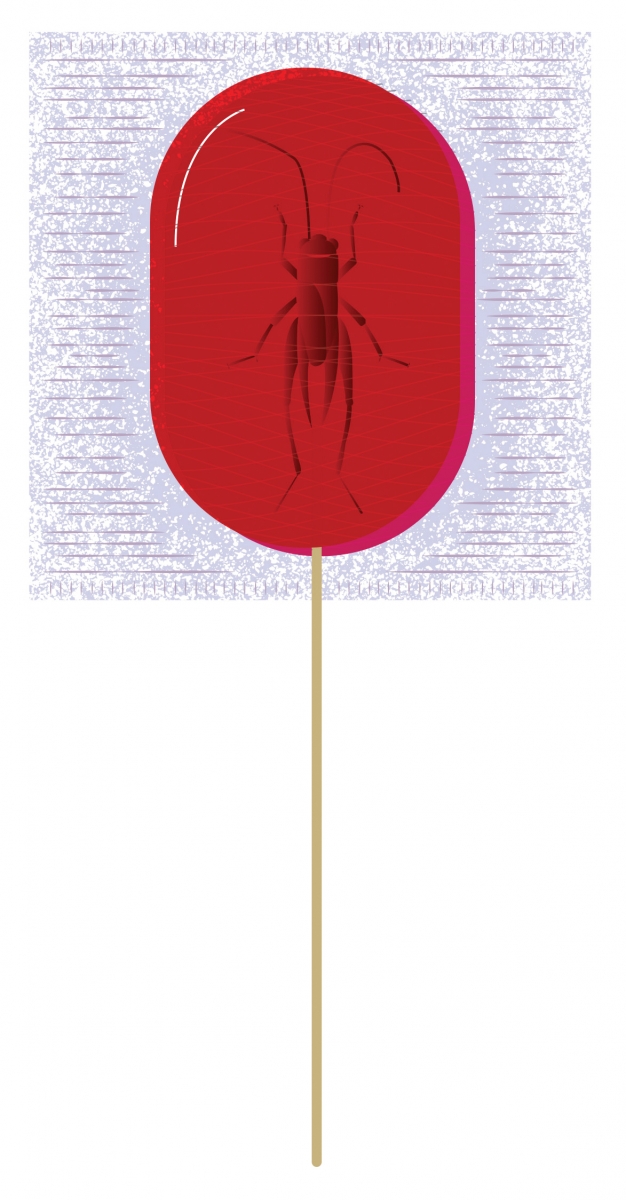We’ve all had that moment: You’re walking down the street when, all of a sudden, the coughing starts – a bug has flown into your mouth. Gagging and sputtering, the poem about the old lady who swallowed a fly (along with many other things) might pop into mind. Of course, there could be another thought entirely: Gross! I’ve swallowed a bug!
While many North Americans are bugged by the thought of eating a few bugs, some are making insects part of their diet.
Robert Nathan Allen, director of sales and marketing for Aspire Food Group – an edible insect company based in Montreal but with farms in Ghana, Mexico and the United States – identifies these people as “product makers using insects in consumer-facing goods, progressive chefs and bakers, and curious or adventurous home cooks.” They aren’t the only ones, though. Entomophagy – the eating of insects – is a cultural practice in places like Thailand, Australia, Japan and the Netherlands.
Carol’s Quality Sweets carries edible insects, like cricket and larvae snacks in a variety of tangy flavours, as well as scorpion and worm lollipops in apple, tequila and watermelon. “I try to bring in what people want and ask for,” says owner Carol Logan. “I tried the [larvae] . I can’t remember the flavour, but it crunched between my teeth like a potato chip.”
Michael Kalmanovitch, founder and owner of Earth’s General Store, has a different reason for carrying his array of organic crickets, cricket flours and mealworms. ” [Insects] are much more efficient to create high-quality protein when compared to the usual animal sources like beef, pork, chicken and fish,” he says. “There is talk about a protein ceiling. In reality, there is an animal protein ceiling. We cannot continue to produce animal meat in the manner we have been.”
Insects are more sustainable, and they’re no slouch when it comes to nutrition, either. For example, a 100-gram serving of crickets has only 121 calories, but has boatloads of iron and protein. Caterpillars are loaded with protein and essential vitamins such as B1 and B3. Many types of meat, including fish and lean meats, are comparable in protein, but not in levels of vitamins and iron.
